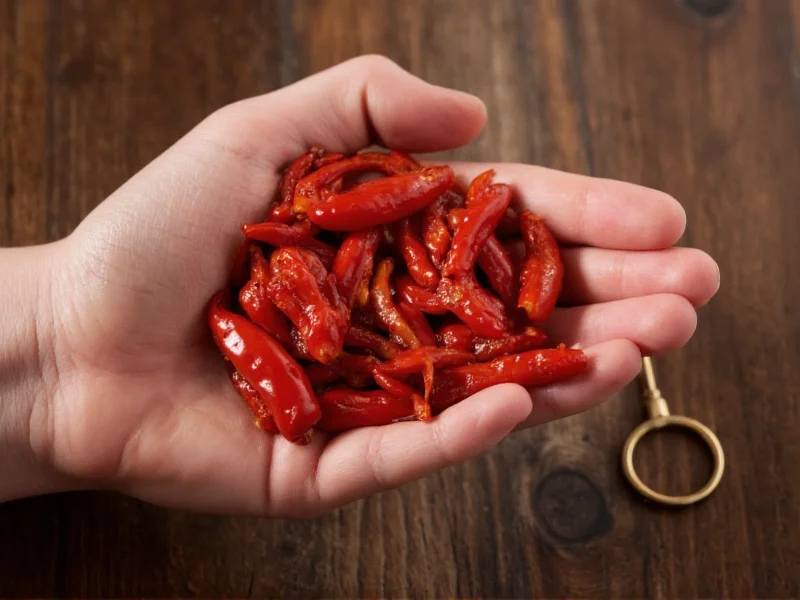Discovering your chili has become uncomfortably spicy can ruin your meal plans, but don't panic—several science-backed solutions can rescue your dish. Understanding what to do if my chili is too spicy starts with knowing why certain remedies work. Capsaicin, the compound in chili peppers responsible for heat, is oil-soluble and binds to pain receptors in your mouth. The most effective remedies for too spicy chili target this compound directly.
Why Dairy Works Best for Spicy Food Emergencies
Dairy products like milk, sour cream, or yogurt contain casein, a protein that breaks down capsaicin molecules. Whole milk works better than skim because fat helps dissolve the oil-based capsaicin. For immediate relief while eating, serve chili with a dollop of sour cream. To fix the entire pot, gradually stir in 1/4 cup of milk or cream at a time, simmering for 5 minutes between additions until desired heat level is reached.
Effective Heat-Reducing Ingredients and Methods
When facing overly spicy chili disaster, these approaches deliver measurable results:
| Remedy | How It Works | Application Ratio |
|---|---|---|
| Dairy (milk, cream, yogurt) | Casein protein binds to capsaicin | 1/4 cup per 4 servings |
| Sugar or honey | Counteracts heat chemically | 1 tsp per 4 servings |
| Acidic ingredients | Neutralizes pH balance | 2 tbsp lime juice per pot |
| Starchy components | Dilutes capsaicin concentration | 1 cup beans or grains |
Step-by-Step Fix for Overly Spicy Chili
Follow this methodical approach when you need how to fix overly spicy chili solutions:
- Stop cooking immediately - Continuing to simmer intensifies heat
- Add dairy first - Stir in 1/4 cup whole milk or cream while off heat
- Incorporate sweetness - Mix 1 teaspoon sugar or honey until dissolved
- Introduce acidity - Squeeze fresh lime juice or add tomato paste
- Dilute strategically - Add equal parts broth, beans, or cooked rice
- Simmer gently - Cook 10-15 minutes to allow flavors to rebalance
- Taste and adjust - Repeat process incrementally until balanced
Common Mistakes to Avoid
When implementing what to add to chili that's too hot, avoid these pitfalls:
- Adding more chili peppers or hot sauce (obviously counterproductive)
- Using water to dilute (water spreads capsaicin rather than neutralizing it)
- Adding excessive sugar (creates unbalanced sweet-spicy flavor)
- Over-diluting with liquids (waters down all flavors, not just heat)
- Applying remedies all at once (makes flavor balancing impossible)
Preventing Future Spicy Disasters
Professional chefs recommend these methods to reduce capsaicin in food before problems occur:
- Remove pepper seeds and membranes where most capsaicin concentrates
- Add spices gradually, tasting after each addition
- Keep dairy and sugar nearby during cooking for quick adjustments
- Use measuring spoons for hot ingredients rather than free-pouring
- Start with half the recommended amount of spicy ingredients
Understanding Flavor Balance Science
The key to how to tone down spicy chili lies in flavor chemistry. Heat perception involves three elements: capsaicin concentration, receptor saturation, and competing flavor signals. Dairy addresses the first element by binding capsaicin. Sugar and acid work on the third element by providing stronger competing signals that distract your taste receptors. Dilution reduces the second element by lowering capsaicin density. Combining approaches creates synergistic effects that deliver better results than any single remedy.











 浙公网安备
33010002000092号
浙公网安备
33010002000092号 浙B2-20120091-4
浙B2-20120091-4